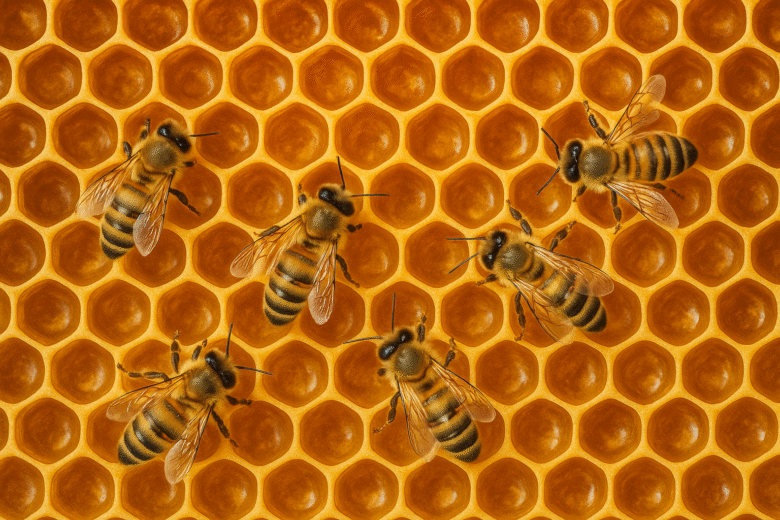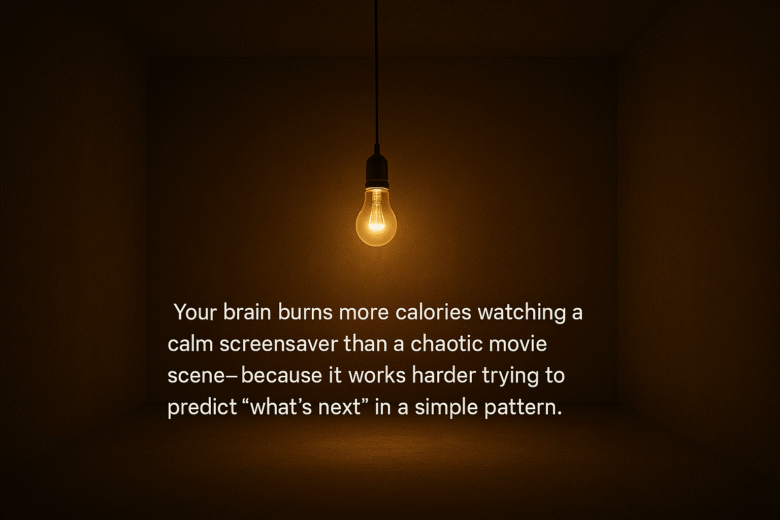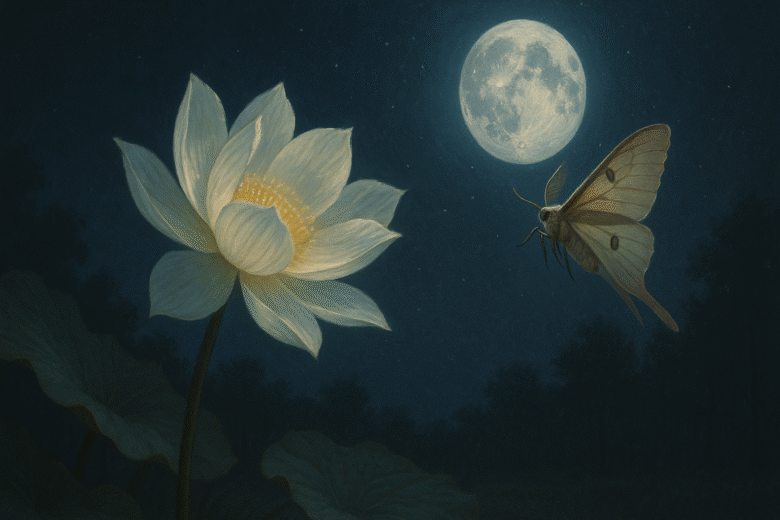Fun fact: In India, some tribal communities still use snake stones—porous black stones believed to absorb venom—for treating snakebites, and now researchers are taking a second look at why they might work. Imagine this: a man in rural Chhattisgarh is bitten by a snake. His family rushes him not to the nearest hospital, but to …
Fun fact: The Brihadeeswarar Temple in Tamil Nadu, built over 1000 years ago, has withstood six recorded earthquakes—without a single crack. In an age where high-rises sway and collapse under tremors despite modern materials and technology, ancient Indian temples—built with neither steel nor concrete—stand tall and calm. Earthquake after earthquake, some of these stone giants …
Fun Fact: The Homeric epics like the Iliad and Odyssey were passed down orally for centuries before they were ever written down—yet the stories survived almost word-for-word. Now think about how hard it is for you to remember a phone number without saving it. That contrast right there? That’s the cognitive distance between oral cultures …
Fun Fact: Laughter triggers the same reward system in the brain as chocolate, music, or even winning money. Now imagine this: someone tells a joke. There’s a split second of silence—and then, your brain lights up. Your lips curl, your shoulders shake, and laughter bursts out. But what exactly just happened in your brain? What …
Fun fact: The microwave oven was invented when a scientist noticed a chocolate bar melting in his pocket during an experiment! Some of humanity’s greatest breakthroughs happened not because someone planned for them, but because someone was paying attention when something unexpected happened. In the world of science, this magical mix of curiosity, error, and …
Fun Fact: The number zero (0), which seems so ordinary today, was once banned, feared, and even associated with the devil in medieval Europe. Imagine trying to explain your age, count your salary, or measure a cup of rice—without using numbers. Hard to picture, right? Yet, for most of human history, counting was a deeply …
Fun Fact: A honeybee can flap its wings 230 times per second—but its most astonishing feat might be its math skills. We don’t usually think of bees as mathematicians. After all, they don’t carry calculators or solve equations on tiny blackboards. Yet the intricate hexagonal pattern inside every beehive is a masterpiece of geometry, efficiency, …
Fun Fact: Your brain burns more calories watching a calm screensaver than a chaotic movie scene—because it works harder trying to predict “what’s next” in a simple pattern. Simplicity sounds like a gift. A clean desk. A short email. A minimalist home. But here’s the twist: your brain doesn’t find simplicity relaxing—it finds it unsettling. …
Fun fact: Some migratory birds can fly thousands of kilometres across multiple time zones—and still arrive perfectly alert and oriented. If you’ve ever stepped off a long-haul flight feeling like your brain’s been scrambled, you’re familiar with jet lag. That disoriented, sleepless, coffee-fuelled blur? It’s your internal clock being very unhappy. Now imagine doing the …
Fun fact: Using laser scanners, scientists have observed that some trees lower their branches at night—almost like they’re settling down to sleep. You’ve probably watched a tree swaying in the breeze during the day. But have you ever wondered what happens when the sun goes down? Do trees rest? Do plants “sleep” the way animals …










